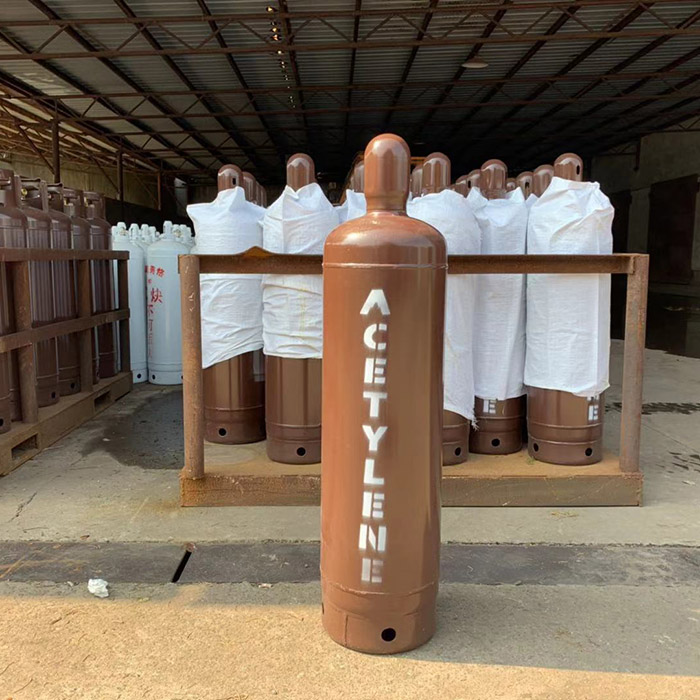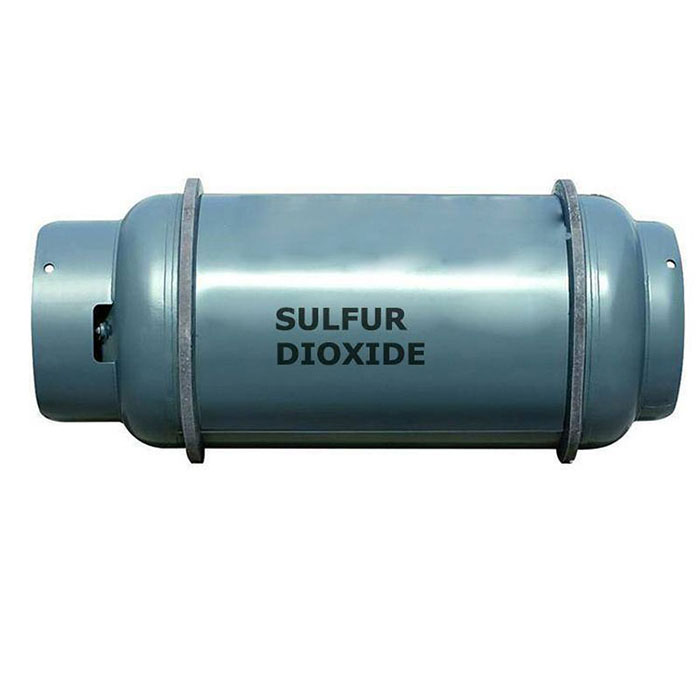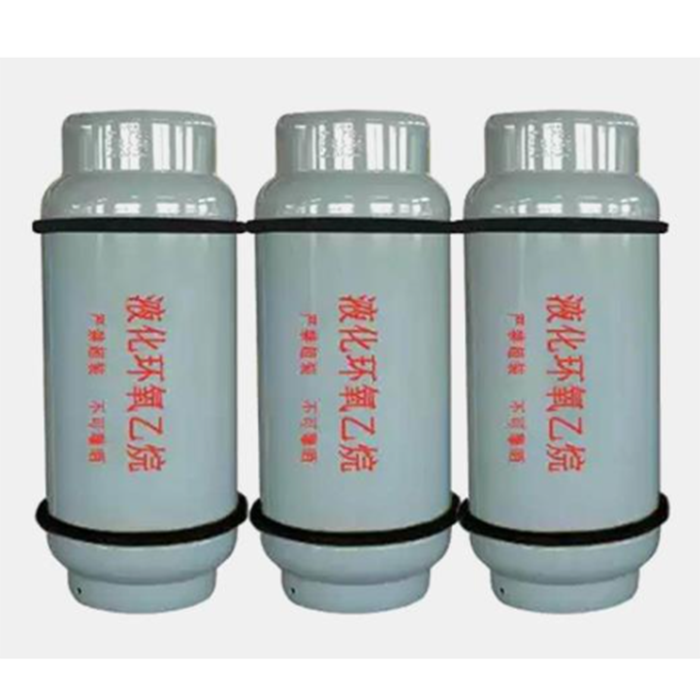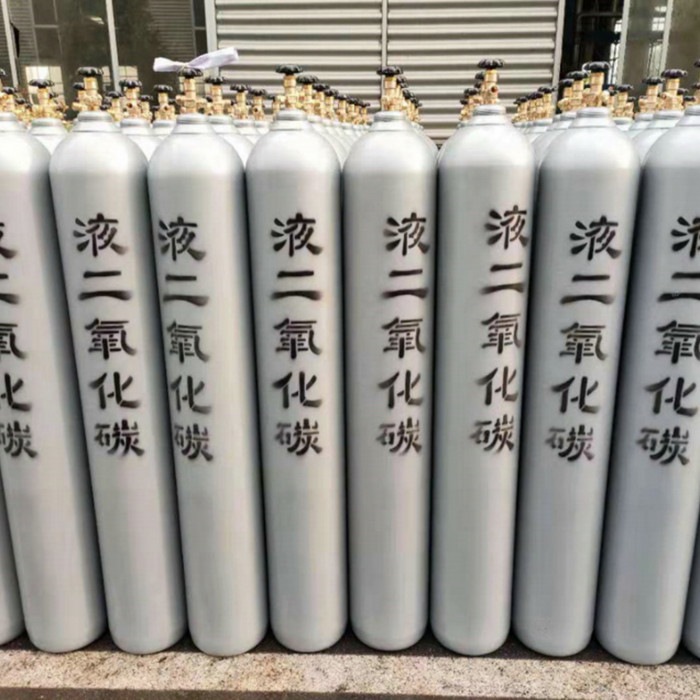Industrial Gases
-

Acetylene (C2H2)
Acetylene, molecular formula C2H2, commonly known as wind coal or calcium carbide gas, is the smallest member of alkyne compounds. Acetylene is a colorless, slightly toxic and extremely flammable gas with weak anesthetic and anti-oxidation effects under normal temperature and pressure. -

Oxygen (O2)
Oxygen is a colorless and odorless gas. It is the most common elemental form of oxygen. As far as technology is concerned, oxygen is extracted from the air liquefaction process, and oxygen in the air accounts for about 21%. Oxygen is a colorless and odorless gas with the chemical formula O2, which is the most common elemental form of oxygen. The melting point is -218.4°C, and the boiling point is -183°C. It is not easily soluble in water. About 30mL of oxygen is dissolved in 1L of water, and the liquid oxygen is sky blue. -

Sulfur Dioxide (SO2)
Sulfur dioxide (sulfur dioxide) is the most common, simplest, and irritating sulfur oxide with the chemical formula SO2. Sulfur dioxide is a colorless and transparent gas with a pungent odor. Soluble in water, ethanol and ether, liquid sulfur dioxide is relatively stable, inactive, non-combustible, and does not form an explosive mixture with air. Sulfur dioxide has bleaching properties. Sulfur dioxide is commonly used in industry to bleach pulp, wool, silk, straw hats, etc. Sulfur dioxide can also inhibit the growth of mold and bacteria. -

Ethylene Oxide (ETO)
Ethylene oxide is one of the simplest cyclic ethers. It is a heterocyclic compound. Its chemical formula is C2H4O. It is a toxic carcinogen and an important petrochemical product. The chemical properties of ethylene oxide are very active. It can undergo ring-opening addition reactions with many compounds and can reduce silver nitrate. -

1,3 Butadiene (C4H6)
1,3-Butadiene is an organic compound with a chemical formula of C4H6. It is a colorless gas with a slight aromatic smell and is easy to liquefy. It is less toxic and its toxicity is similar to that of ethylene, but it has strong irritation to the skin and mucous membranes, and has anesthetic effect at high concentrations. -

Hydrogen (H2)
Hydrogen has a chemical formula of H2 and a molecular weight of 2.01588. Under normal temperature and pressure, it is an extremely flammable, colorless, transparent, odorless and tasteless gas that is hard to dissolve in water, and does not react with most substances. -

Nitrogen (N2)
Nitrogen (N2) constitutes the main part of the earth's atmosphere, accounting for 78.08% of the total. It is a colorless, odorless, tasteless, non-toxic and almost completely inert gas. Nitrogen is non-flammable and is considered a suffocating gas (that is, breathing pure nitrogen will deprive the human body of oxygen). Nitrogen is chemically inactive. It can react with hydrogen to form ammonia under high temperature, high pressure and catalyst conditions; it can combine with oxygen to form nitric oxide under discharge conditions. -

Ethylene Oxide & Carbon Dioxide Mixtures
Ethylene oxide is one of the simplest cyclic ethers. It is a heterocyclic compound. Its chemical formula is C2H4O. It is a toxic carcinogen and an important petrochemical product. -

Carbon Dioxide (CO2)
Carbon dioxide, a kind of carbon oxygen compound, with the chemical formula CO2, is a colorless, odorless or colorless odorless gas with a slightly sour taste in its aqueous solution under normal temperature and pressure. It is also a common greenhouse gas and a component of air.











